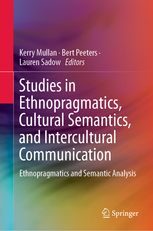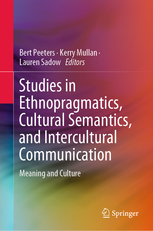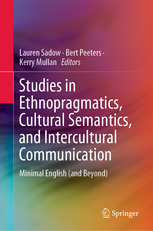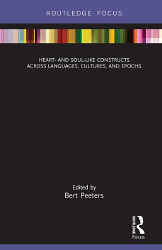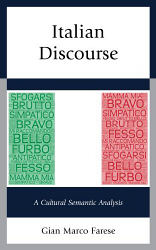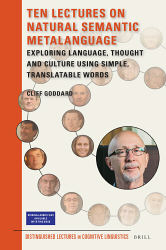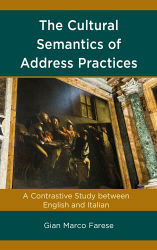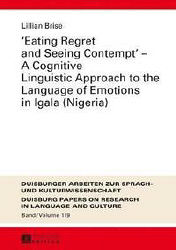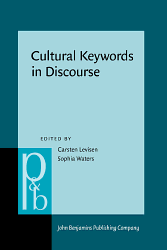 |
Crude application of NSM principles carried out without prior training by an experienced NSM practitioner |
 |
Approximate application of NSM principles carried out without prior training by an experienced NSM practitioner |
 |
Sound application of NSM principles carried out without prior training by an experienced NSM practitioner |
 |
Research carried out in consultation with or under the supervision of one or more experienced NSM practitioners |
 |
Research carried out by one or more experienced NSM practitioners |



